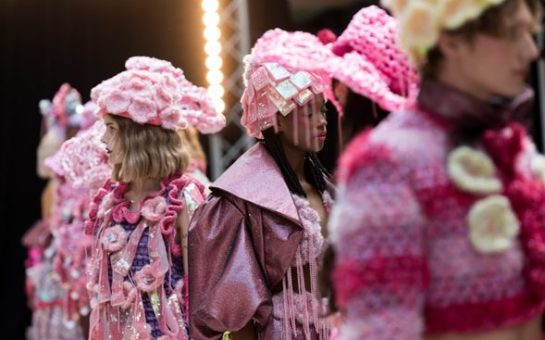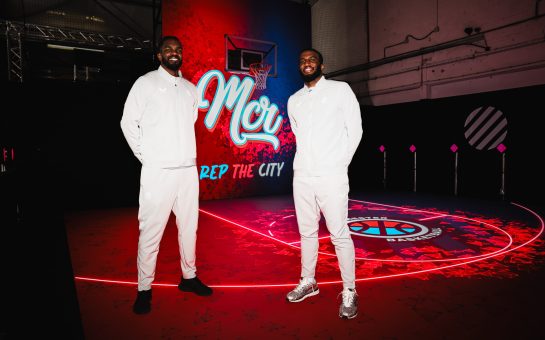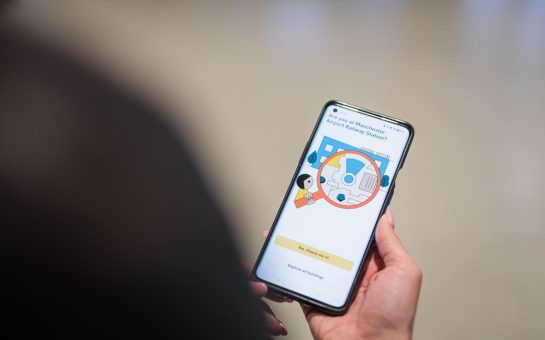In a study conducted by The Business of Fashion and McKinsey & Company, it identifies digital as “the biggest opportunity for the fashion industry in 2021.”
The pandemic, the report explains, has accelerated the demand for all things digital, which in turn has empowered innovative new ways for businesses to scale up.
Whether it’s tools such as 3D design, virtual sampling, and digital catwalks, it is clear that technology that wasn’t widely used before the pandemic, has increasingly become the norm to work around social distancing measures and travel bans.
Equally, the Covid-19 crisis has exposed inequalities and made people more ethically conscious – in December of last year, the viral hashtag #IQuitFastFashionBecause called out the exploitation of garment workers and the planet.
The fashion industry is the second most polluting industry in the world, impacts include over 92 million tonnes of waste produced every year and 79 million litres of water consumed.
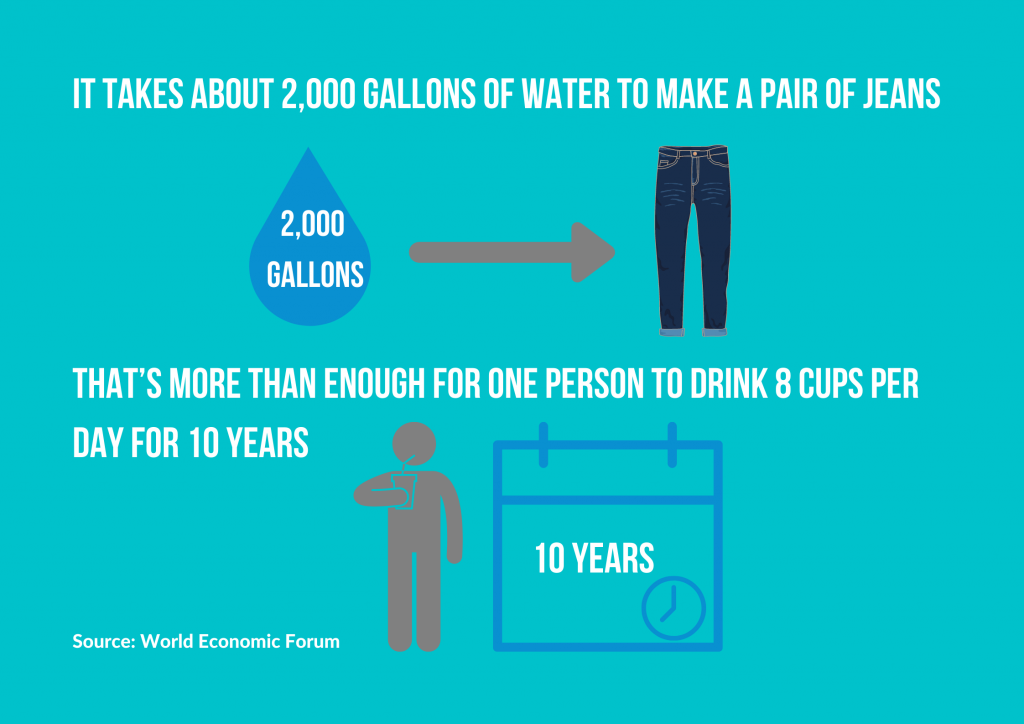
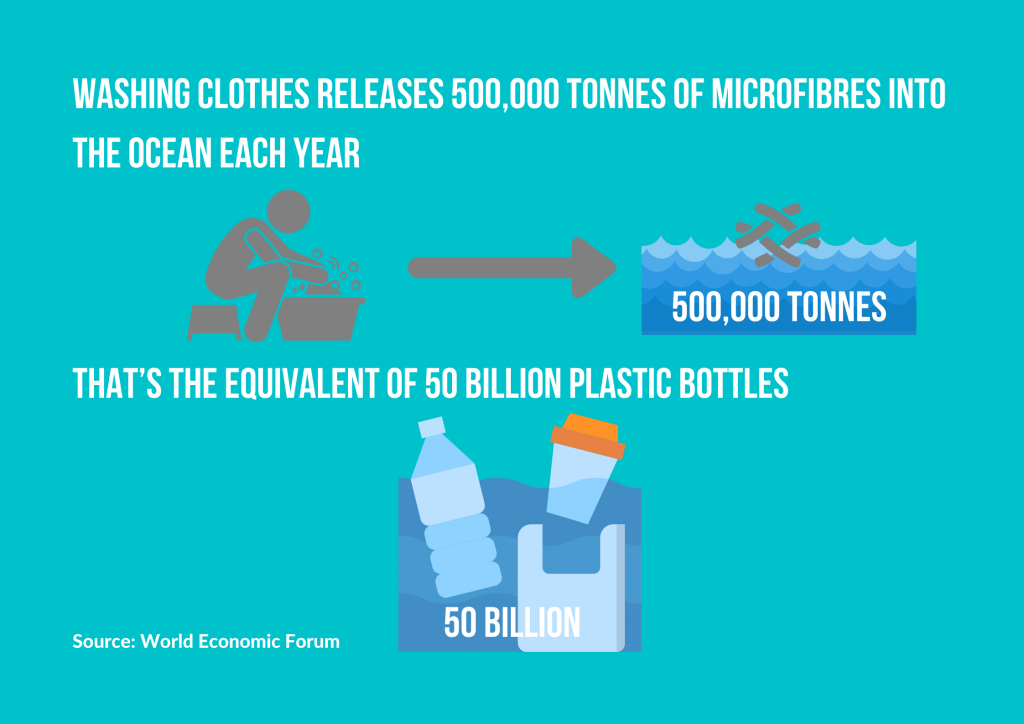
Given the ongoing uncertainty, responding to consumer trends towards digital and sustainable options is vitally important in a struggling industry that posted approximately a 90 per cent decline in economic profit in 2020 according to McKinsey Global Fashion Index analysis.
3D software presents a huge window of opportunity, providing designers with the swift ability to design, customise, and produce a virtual garment that is completely free from environmental waste.
The first piece of digital couture was auctioned in 2019, representing a landmark moment for digital fashion.
A front-runner in the digital fashion revolution is Republiqe, which is the world’s first fully digital luxury fast fashion brand, crafting 100% digital, fully sustainable apparel that is ‘one size fits all’, no discrimination against body size or shape.
Like dressing your avatar in a game, but in real life, Republiqe enables customers to shop virtual clothes that can be worn on social media, where influencer culture has created an internalised pressure to buy new clothes for every situation.
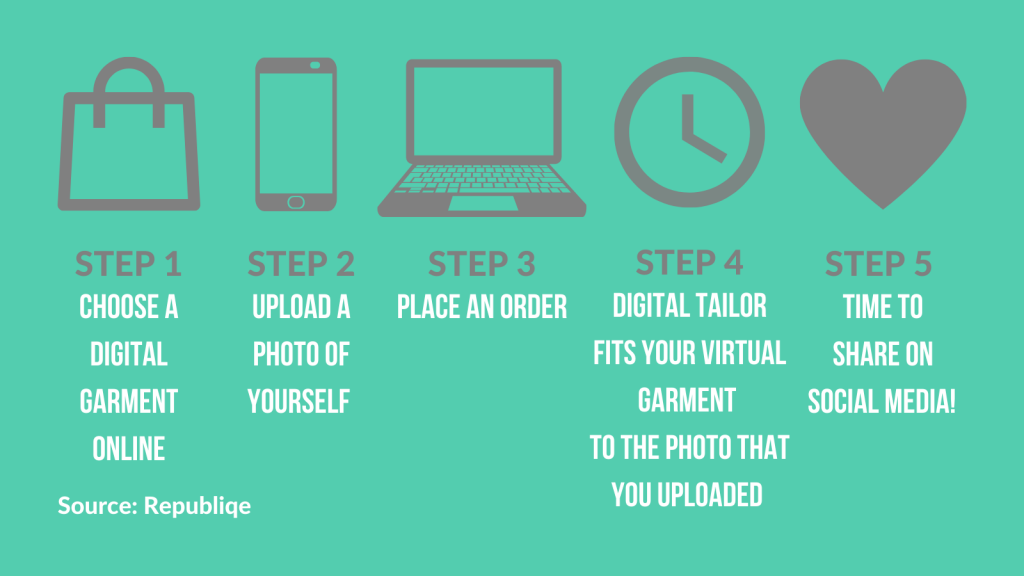
Explaining the need for sustainable, digital practices, Republiqe founder James Gaubert, a designer with over twenty years of experience in luxury fashion, says: “I’ve spent the past eleven years working overseas in the Middle East and Asia and spent a lot of time in manufacturing plants and factories and I saw first-hand the damage that is being done to the planet we live on.
“Unethical sweatshop environments for products that are sold to consumers who want to be seen wearing something once and then never again, that got me thinking something is not right here.
“So, we [Republiqe] create virtual clothes that we sell to consumers, to be worn on social media where people want to look good.
“Covid has made people wake up and look at things in a slightly different lens.
“Firstly, high streets are dying, people are shopping online more, people aren’t leaving the house, so they don’t care what they look like outside of the house, they care what they look like on social media.
“Our lives revolve around social media, Gen Z are natural born content creators, I see Republiqe as a facilitator to that, without damaging the environment or having to leave home.
“One of the biggest advantages is access to fabrics and things that you wouldn’t normally use if you were creating physical clothes, and we can change colour at the click of a mouse, whereas it would take months physically.”
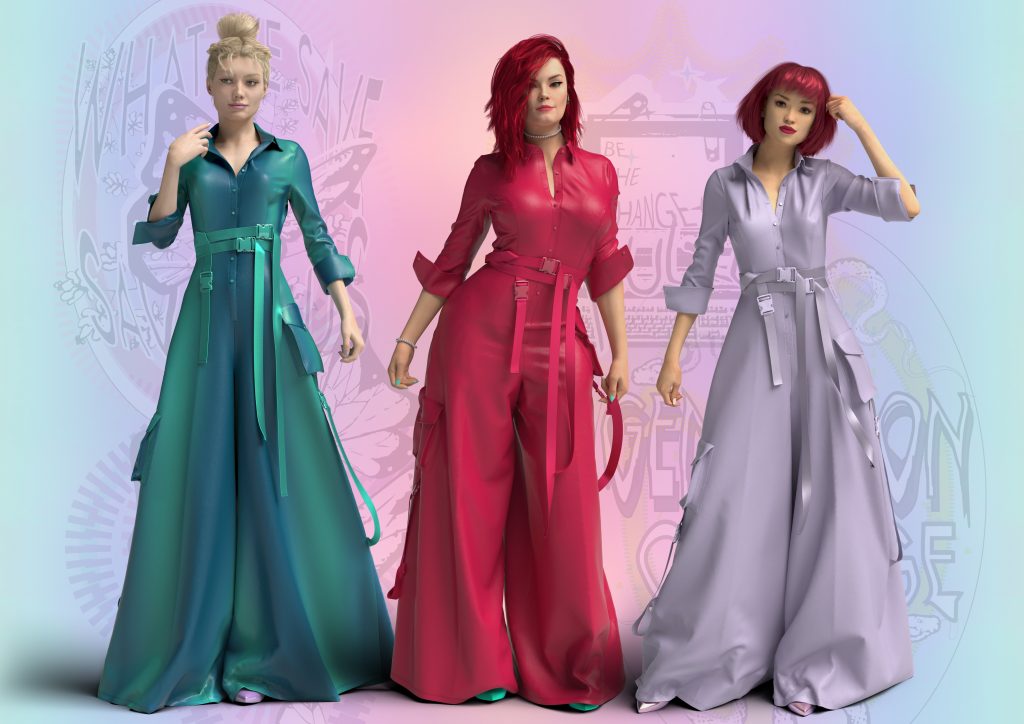
The fact the clothes don’t actually exist means the company is able to push the boundaries in terms of the design and fabrics they use.
“For example, we’ve created digital trousers using heavy-weight PVC that you just wouldn’t be able to wear in real life because it would weigh a ton and be completely impractical.
“We’ve created garments out of concrete, broken mirror, garments encrusted in virtual diamonds that would cost millions to create physically.
“The biggest limitation has got to be the fact that the clothes don’t physically exist.
“If it’s raining, our clothes don’t keep you dry. We can never compete with that.
“We’re never going to completely replace the requirement for physical clothes, consumers are always going to need physical clothing because of the functional benefits.
“However, I spend a lot on clothes, and that’s damaging the environment. If I were to shift it and spend some money on digital clothing, if everyone were to do that, we’d start to see change and I think that’s what I would like to see happen.
“We’re looking at creating digital wardrobes where consumers can buy multiple digital garments, store them on an app on their device, and then apply them themselves to multiple photos.
“We’re ahead of the rest of industry, but that means we need to constantly be pushing boundaries.
“Companies have to respond to consumer trend towards sustainability, or they’ll get left behind.
“If a brand wants to reach new consumers, it has to change its business model. It will always continue to sell physical garments, but digital clothing will become something that they will look at.”
Other fashion houses have joined in on the digital sprint, such as Ralph Lauren which has collaborated with Snapchat on virtual clothing for avatars to reach younger audiences.
Tommy Hilfiger will launch a fashion collection next spring fully designed using digital technology, and H&M is developing a virtual fitting solution.
The Institute of Digital Fashion, founded in 2020, aims to build and bring together an inclusive network of 3D creatives, making the shift towards digital into a permanent practice.
Virtual influencers are gaining prominence too – with 2.9 million social-media followers and partnerships with fashion brands such as Calvin Klein, Lil Miquela is set to make about £8.9 million for her creators this year, and she doesn’t even physically exist.
For Gen Z consumers – those born after 1997 who have only known a digital world, as their earnings grow, there will be increased demand for digital fashion markets.
Opportunity is clearly there, research carried out by the Royal Society for the encouragement of Arts, Manufacturers and Commerce found from polling that during the pandemic, 50% think the industry should do whatever it takes to become more environmentally sustainable and 35% of women intend to buy fewer physical clothes in the future.
With continuing restrictions increasing our time spent online for the foreseeable future, digital fashion is one to watch both as a revenue stream and as a vehicle for creativity and innovation.
Main photo: Republiqe’s latest collection on real models
